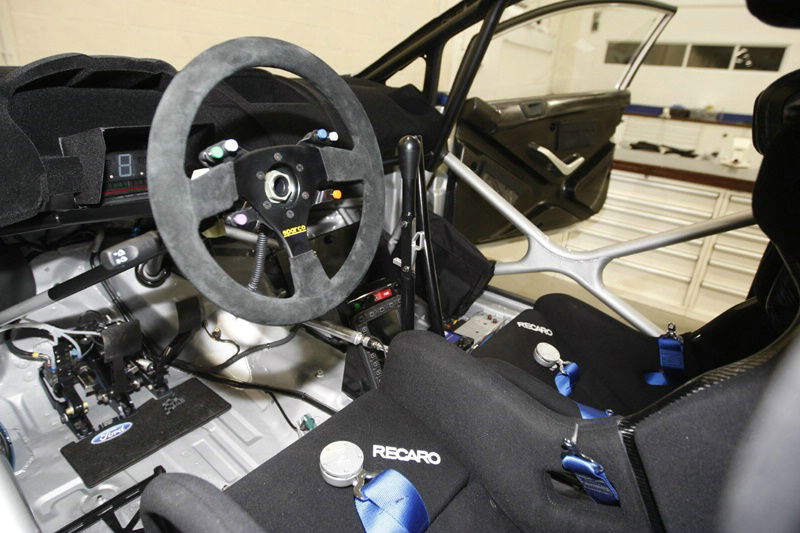Q&A - Paul Murphy, M-Sport Stobart Ford

Q:
From an engineering point of view, why is Rally Sweden such a difficult event?
Paul Murphy:
The weather - it's the only WRC event run on snow and the temperatures on the stages can drop to well below freezing which has various effects on the running of the car. The low temperatures mean the engine and transmission run at much lower temperatures compared to hot rallies so we counteract this by restricting the flow to the radiator and oil coolers.
Q:
So what's changed to the car for a snow rally?
Paul Murphy:
The biggest change is probably the use of special Michelin snow tyres. Each tyre has approximately 400 studs to help the drivers maintain grip on the roads and makes Sweden one of the fastest rallies of the year. Sometimes the studs can be ripped out if there is a lack of a good ice base and the cars are driving on the gravel underneath the ice. This is not usually a problem until the second pass through the stages.
We also have a heater in the car with a changeable fan control to increase the temperature inside the car and help maintain driver concentration. Most of the drivers wear special inserts in their shoes which help to keep their feet warm.
Special covers are added to the front radiator vent which help restrict air flow to the radiator. Additives are also added to the windscreen washer bottle to prevent water from freezing.
The car will also carry snow shovels and snow blankets. The shovels are made out of aluminium to help reduce excess weight in the car.
Q:
What are some of the main difficulties drivers face in Sweden?
Paul Murphy:
It is very difficult to pick a line on the road when driving in snow. The drivers can lean on snow banks to help the car go round corners but some snow banks can be too light and won't keep the car on the road resulting in a crash or the car getting stuck. It's all about being precise and judging what snow banks drivers can use to their advantage.
Q:
What is different about a service in Sweden compared to other WRC events?
Paul Murphy:
The mechanics have a tough time working in the freezing temperatures especially if the ice build-up on the car starts to melt during service. The boys would rather it was just cold rather than wet and cold.
In the service area, hydraulic jacks are prone to freezing because the oil thickens in the cold weather. The team use hot air guns on the jacks to stop them from freezing before and during service.
Oil can also start to freeze so it is vital that they are kept at normal temperatures. Normally the oil is kept outside on rallies but they are kept indoors in Sweden and only brought out at the last minute to ensure they do not freeze when temperatures are below zero degrees.
Q:
When the cars are in service overnight, what prevents the car from freezing?
Paul Murphy:
They're kept inside but we do cold start testing to ensure the engine starts at the temperatures we have to contend with in Sweden.
Q:
Does the cool air in Sweden help engine performance?
Paul Murphy:
For sure, with average temperatures of -20 degrees Celsius the drivers will feel that the Fiesta RS WRC's EcoBoost engine is stronger in Sweden than on a rally where the ambient temperature is 20 degrees Celsius.

